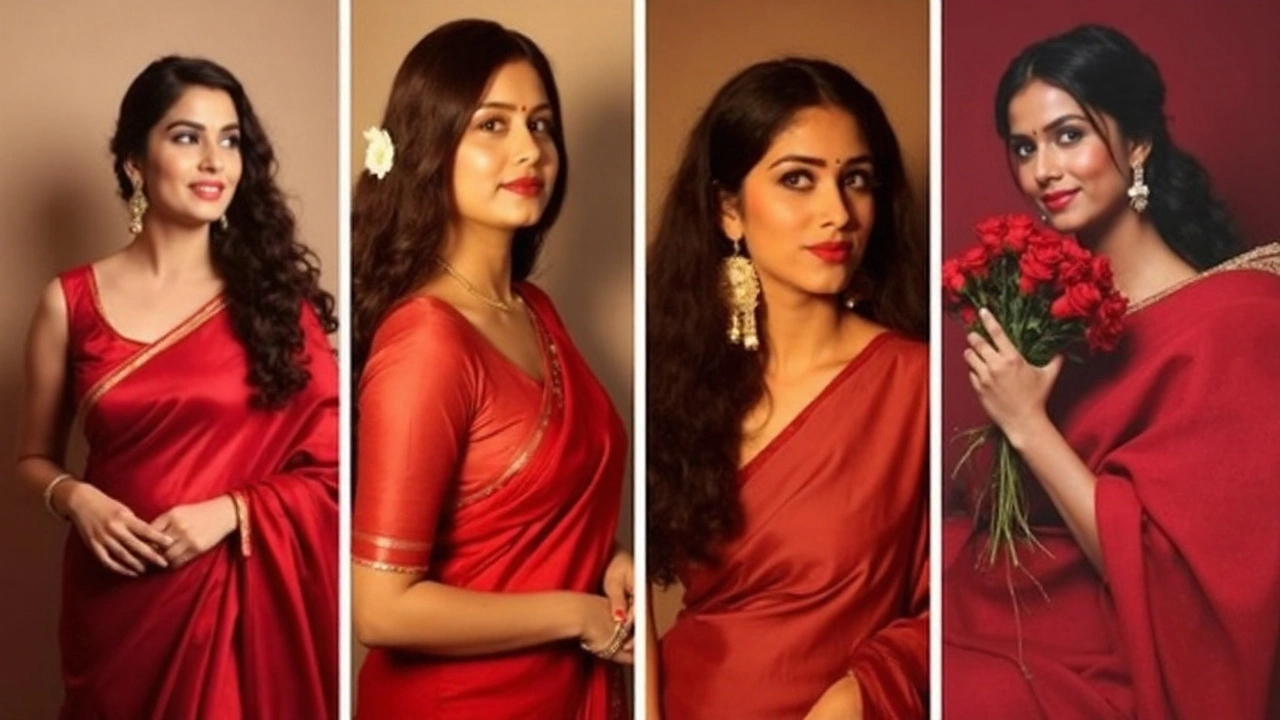Vintage Aesthetic: What It Is and Why You’ll Love It
Ever wondered why old‑school looks keep popping up in magazines and Instagram? That’s the vintage aesthetic at work – a style that pulls from the past and makes it feel fresh today. It’s not just about finding old stuff; it’s about mixing timeless pieces with a modern vibe to create something that feels both familiar and new.
People gravitate toward vintage because it feels authentic. In a world of fast fashion and disposable decor, a well‑chosen retro item tells a story. It says you care about quality, history, and personality. That’s why the vintage aesthetic has bounced back in fashion, interiors, and even graphic design.
Key Elements of a Vintage Aesthetic
The backbone of any vintage look is a few simple ingredients. First, think muted color palettes – soft pastels, warm earth tones, and faded hues that look like they’ve been sun‑kissed. Second, texture matters; think worn leather, brushed cotton, and matte metals. Third, patterns like paisley, chevron, and classic stripes add that nostalgic touch without shouting.
When it comes to fashion, you’ll see high‑waisted jeans, milk‑white shirts, and retro sneakers. Accessories like round sunglasses, leather satchels, and analog watches complete the outfit. The idea is to pick pieces that feel comfortable and have a bit of history, even if they’re brand‑new reproductions.
For home décor, vintage means grainy wood furniture, brass fixtures, and simple linen curtains. A single statement piece – a mid‑century coffee table or a vintage rug – can set the tone for the whole room. Pair that with modern lighting or a sleek sofa, and you get a balanced look.
Tips to Blend Vintage with Modern
Mixing old and new is easier than you think. Start with a modern base – a clean sofa or a plain wall – and add vintage accents like a retro lamp or a gallery of vintage posters. This prevents the space from feeling like a museum and keeps it livable.
Don’t overdo it. A rule of thumb is the “one‑piece‑plus” method: choose one standout vintage item, then add two or three complementary modern pieces. This keeps the vibe cohesive and avoids clutter.
If you’re new to vintage shopping, thrift stores and online marketplaces are gold mines. Look for items with good condition, solid construction, and timeless design. A well‑made leather jacket from the ’70s can outlast a cheap modern equivalent.
DIY projects can also boost the vintage feel. Refinish an old wooden crate, spray‑paint a vintage metal chair with matte chalk paint, or swap out knobs on a dresser with brass ones. Small updates breathe new life into old pieces without a huge budget.
Need inspiration? Follow Instagram accounts that focus on vintage décor, watch retro‑themed movies, or browse Pinterest boards labeled “vintage aesthetic.” Seeing how others blend styles gives you a roadmap for your own projects.
Quick checklist: pick a color palette, choose one vintage anchor piece, add texture through fabrics, keep the rest simple, and finish with modern lighting. Follow these steps and you’ll have a space that feels both nostalgic and current.
The vintage aesthetic isn’t about living in the past; it’s about celebrating timeless design while staying practical today. So, go ahead, mix that old‑school record player with your Bluetooth speaker, or pair a classic trench coat with sneakers. You’ll see how easy it is to make the past feel fresh again.
Google Gemini Retro AI Photos: Step-by-Step Guide to Viral 90s Aesthetics
0 Comments
Retro AI portraits are taking over Instagram and YouTube in 2025. This long-read shows how to use Google Gemini to turn a regular photo into a grainy, cinematic, 90s-style image—complete with golden-hour lighting, dramatic shadows, and minimalist backdrops. You’ll get step-by-step instructions, prompt recipes, pro tips, video workflow ideas, and advice on ethics, quality, and sharing.
Read More